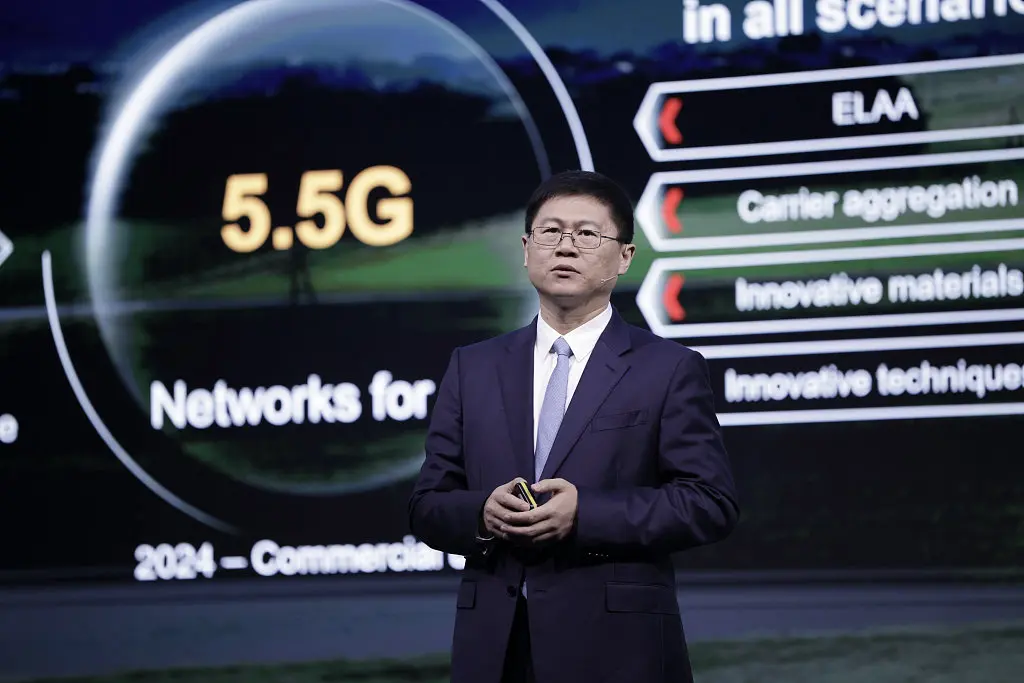

|
||
|
||

I’ve read several articles coming out of the Mobile World Congress trade show in Barcelona, Spain, and one of the common threads is that there was a lot of talk about 5.5G (or 5G Advanced)—the next iteration of 5G.
My first question on reading about this was to ask what new features are being discussed that were not part of the original announced promises of 5G. I went back and read a few of my blogs and other articles that were written when 5G was first announced. The claims made at that time was that 5G was going to greatly increase download speeds, improve latency, and would enable functions like driverless cars and remote surgery.
Since the original 5G announcements five years ago, carriers have poured billions of dollars into improving cellular networks. Speeds are definitely faster, and the speeds on my cellphone are easily six or eight times faster—but are not at the gigabit speeds that were originally bandied around in the industry. Most of the claimed whiz-bang applications never came to pass. But what matters most is the cellular carriers never found a good way to monetize the big investments and the improved speeds.
There are some new features of 5.5G that were not incorporated into the original 5G specification, and the industry is nearly finished with a new standard for Advanced 5G. The original 5G specifications were 3GPP release 17, and the new features will be in the new standard 3GPP release 18, which is mostly complete and locked and will be released in a few months. Vendors have already been experimenting with the new capabilities.
This article from Ericsson describes the technical details of release 18. The new standard looks at new things like increasing the energy efficiency of cell sites, increasing upload speeds, incorporating machine learning and AI into cell sites, and supporting functions like cloud gaming.
As you would expect, there is a lot of discussion about how the new capabilities will suddenly result in new ways to monetize Advanced 5G. For example, the new specification will better support mixed reality headsets like the Apple Vision Pro and the upgraded Meta Quest Pro. There are fresh claims that the new standard will better support self-driving cars and smart manufacturing. But mostly, the expectation for monetizing 5G comes from a handful of ideas like private 5G networks and smart factories—things that have already been in the pipeline for 5G.
In case the introduction of Advance 5G won’t be confusing enough for customers, the vendors and carriers are also talking about releasing 5G standalone. This is different than Advance 5G and refers to a network that uses the original features in specification 17 that are independent of 4G LTE. So far, any U.S. 5G deployment has been mostly 4G LTE delivered using a different spectrum than the original 4G.
As usual in this part of the industry, the claims made for Advance 5G are likely overstated. However, it’s important that 5G technology continues to evolve to match the way that we use mobile broadband. There is a lot more content being created on cellphones than was imagined five years ago, meaning there is a lot of pressure for fast and reliable upload speeds. The new mixed reality headsets will put pressure on both upload and download simultaneously. And cellular networks continue to get busier, and the original premise of 5G was to use various techniques to more efficiently use the network.
Sponsored byWhoisXML API

Sponsored byIPv4.Global

Sponsored byVerisign

Sponsored byVerisign

Sponsored byCSC

Sponsored byRadix

Sponsored byDNIB.com
